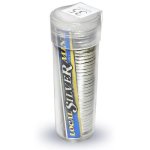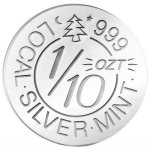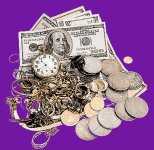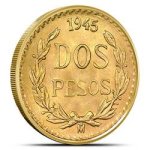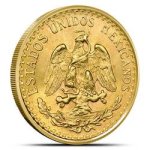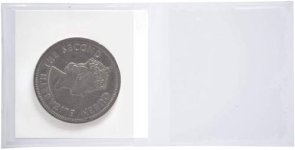Jacob Petersheim
Well-known member
Gold's spot price is well over $3800/ounce right now. That's quite a bump since I began looking at this, with no substantial pullback during that time. Silver's gone over $47/ounce, though it has been a little more "bouncy" it has increased proportionately even more than gold.
Much of this is driven be the shrinkage in the Dollar, but far-eastern market demand seems to be another factor that might be starting to be the more significant one.
There are sentiments that the Dollar is now beginning to show strength (i.e. stability or reversal of the shrinkage in buying power). This isn't good news for things like Trump's desire to repatriate manufacturing and increase exports. Normally it would also push down precious metals pricing... but if it has shrunken as a factor then all bets are off on metals prices.
How much economic prognostication involves cherry-picking "indicators" isn't clear to me. It sure looks like there isn't much "science" to it though.
It is starting to feel like metals prices are a sort of economic "misery index" though.
Much of this is driven be the shrinkage in the Dollar, but far-eastern market demand seems to be another factor that might be starting to be the more significant one.
There are sentiments that the Dollar is now beginning to show strength (i.e. stability or reversal of the shrinkage in buying power). This isn't good news for things like Trump's desire to repatriate manufacturing and increase exports. Normally it would also push down precious metals pricing... but if it has shrunken as a factor then all bets are off on metals prices.
How much economic prognostication involves cherry-picking "indicators" isn't clear to me. It sure looks like there isn't much "science" to it though.
It is starting to feel like metals prices are a sort of economic "misery index" though.
Last edited:
